How To Start Your Year Off Right.
how to start your year off right.
here are some tips and suggestions on how to begin the new year on a good start. i’m sure there are lot more you can do, but these are a few that can inspire you to do more. let’s make 2018 the best year yet. let me know what you’re doing too!
digital purification. let’s start the new year with a clean digital life. delete old pictures, contacts, apps, etc. go through your emails. unfollow people. delete digitally things and people that don’t have a place in your 2018.
clean your room/house. there’s nothing better than a clean and organized house. designate time to clean every to make sure the cleanliness and organization stays the way it is. having a solid structure and organized feelings will allow you to focus more.
reflect. 2017 was a long year so take sometime to look back on the good and the bad and everything that has gotten you to where you are. it’s important to recognize what you accomplished.
end toxic relationships (if possible). let’s be real, ending a relationship no matter if it’s a friendship or what is difficult. if you are able to get rid of that toxicity from your life, do it. you don’t need negativity and hate entering your 2018. you deserve love and unconditional happiness!
goals. right your goals for the year if you haven’t done so yet. there are many approaches you can do this for this, but make sure your goals are achievable and realistic. you can do day by day, month by month, or the year as a whole. whatever style will help you conquer 2018 and make you feel accomplished!
plan. i recommend getting a planner, calendar, notebook, or whatever will allow to stay on track for the new year. stay organized and plan events. it’s really easy to fall be hind when you don’t have your life planned out. you can even do this digitally! you can also plan your budget and financials.
More Posts from Fraxxed and Others

hello!
I’m Anna - I’ve recently restarted running my studyblr in the hopes of it helping me motivate myself and help me take an initiative in being more organized for the new year. Hopefully I’ll meet some new people in the community and we can be friends!
about me: - I love tomatoes - I love running (short distance) - I just recently started highschool - Yellow is my fav color - I speak Russian and English - I can play the ukulele - I live for memes
* if we have anything in common, message me! we can bond ha *
my fav studyblrs
@cloudedstudy - @studyblr - @studign - @emmastudies - @acadmia - @physike - @wildliners - @intellectys - @studynine - @stu-pidest - @teacomets - @sadgirlstudying - @no-cake-where - @hannahstudies - @studythetics - @revisoin - @aou - @studyisms - @altairstudy - @minimalismstudies
pls reblog or like if you’re a studyblr, I’m always looking for new studyblr accounts to follow.
hope you all had a great 2017 and have an even better 2018!
Other studyblrs: My favorite subjects are pure chemistry and molecular biology. I’m currently doing my bachelors in astrophysics!!
Me: Idk I thought I liked History but I’m failing lmao. I also had a cactus once but it died
REBLOG IF YOU'RE A STUDYBLR.
I wanna see how many of us are there cx
Please support this project.

Finished the Aeneid and I loved it. Can't wait to start Dante's Inferno


first day of school after winter break! i was sleepy the entire day but math woke me up.
Please, don’t hurt yourself. Drink water, eat, breathe. You’re okay. It’ll be okay. This is a sign.
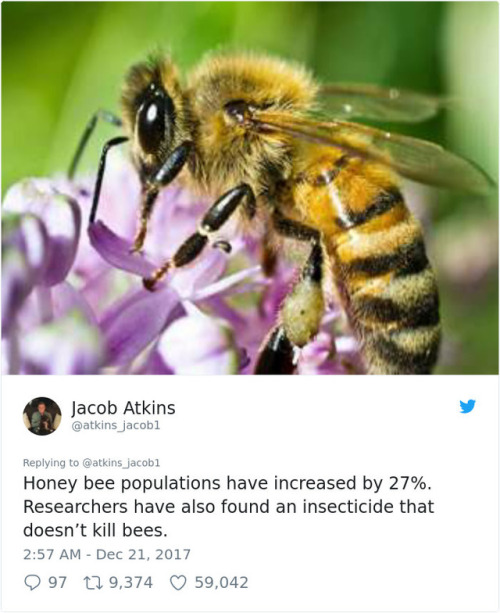

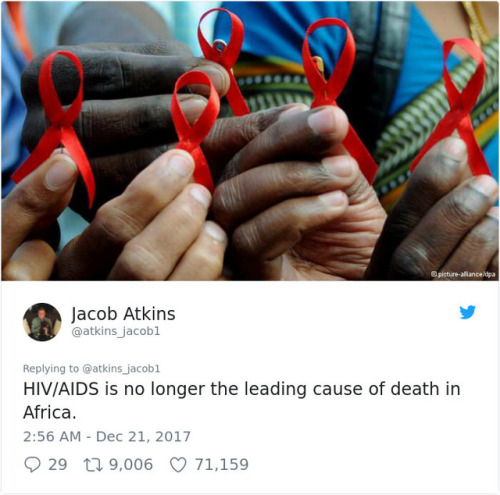
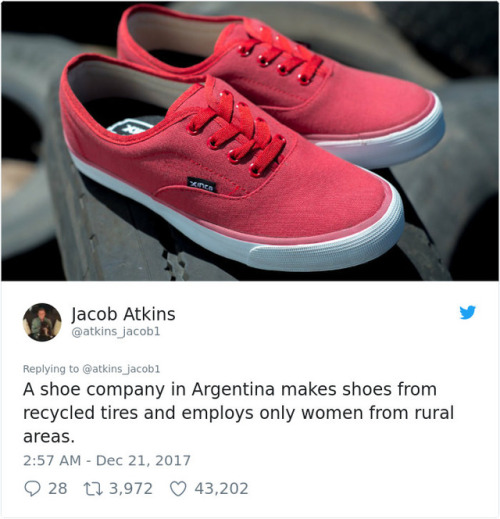
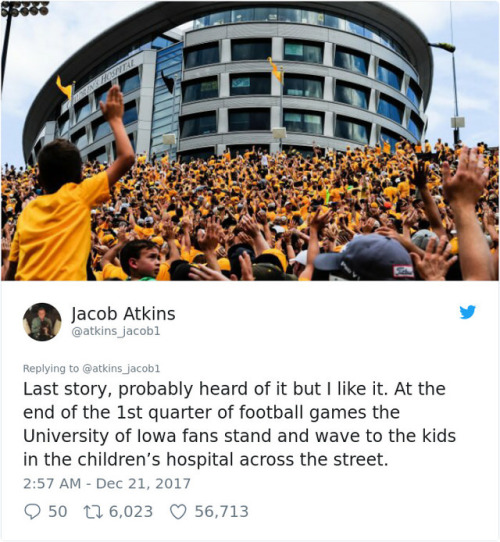

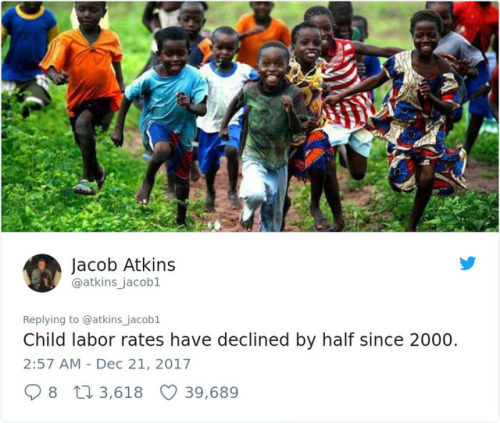
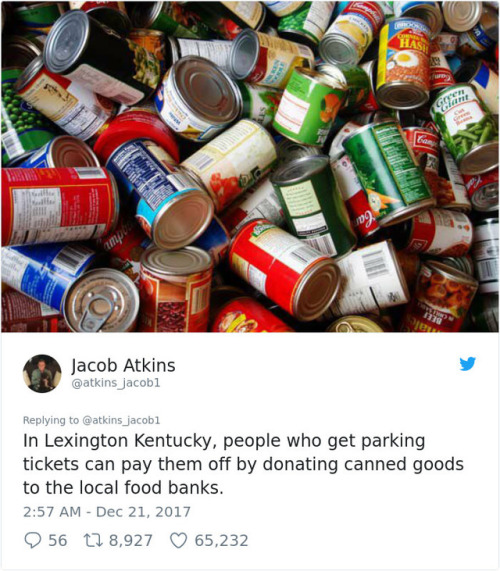
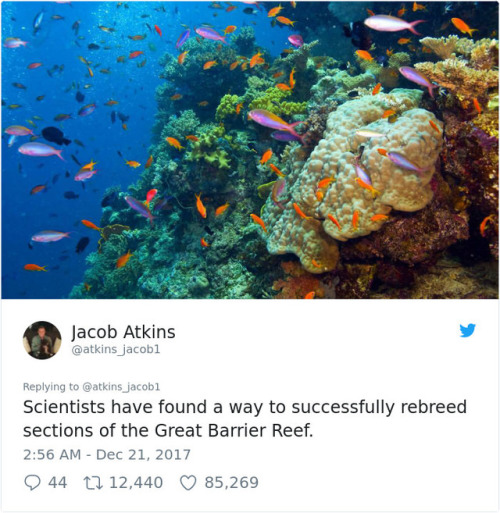
Good News of 2017
Going for GOLD
On Jan. 25, we’re going for GOLD!
We’re launching an instrument called Global-scale Observations of the Limb and Disk, GOLD for short. It’s a new mission that will study a complicated — and not yet fully understood — region of near-Earth space, called the ionosphere.

Space is not completely empty: It’s teeming with fast-moving energized particles and electric and magnetic fields that guide their motion. At the boundary between Earth’s atmosphere and space, these particles and fields — the ionosphere — co-exist with the upper reaches of the neutral atmosphere.

That makes this a complicated place. Big events in the lower atmosphere, like hurricanes or tsunamis, can create waves that travel all the way up to that interface to space, changing the wind patterns and causing disruptions.

It’s also affected by space weather. The Sun is a dynamic star, and it releases spurts of energized particles and blasts of solar material carrying electric and magnetic fields that travel out through the solar system. Depending on their direction, these bursts have the potential to disrupt space near Earth.

This combination of factors makes it hard to predict changes in the ionosphere — and that can have a big impact. Communications signals, like radio waves and signals that make our GPS systems work, travel through this region, and sudden changes can distort them or even cut them off completely.

Low-Earth orbiting satellites — including the International Space Station — also fly through the ionosphere, so understanding how it fluctuates is important for protecting these satellites and astronauts.

GOLD is a spectrograph, an instrument that breaks light down into its component wavelengths, measuring their intensities. Breaking light up like this helps scientists see the behavior of individual chemical elements — for instance, separating the amount of oxygen versus nitrogen. GOLD sees in far ultraviolet light, a type of light that’s invisible to our eyes.

GOLD is a hosted payload. The instrument is hitching a ride aboard SES-14, a commercial communications satellite built by Airbus for SES Government Solutions, which owns and operates the satellite.
Also launching this year is the Ionospheric Connection Explorer, or ICON, which will also study the ionosphere and neutral upper atmosphere. But while GOLD will fly in geostationary orbit some 22,000 miles above the Western Hemisphere, ICON will fly just 350 miles above Earth, able to gather close up images of this region.

Together, these missions give us an unprecedented look at the ionosphere and upper atmosphere, helping us understand the very nature of how our planet interacts with space.
To learn more about this region of space and the GOLD mission, visit: nasa.gov/gold.
Make sure to follow us on Tumblr for your regular dose of space: http://nasa.tumblr.com.

This is the lucky clover cat. reblog this in 30 seconds & he will bring u good luck and fortune.

What a lucky shot! While astrophotographer Fritz Helmut Hemmerich was capturing an image of the Andromeda galaxy, a sand-sized rock from deep space crossed right in front of the camera creating this incredible green streak. Or it was just aliens. 👽
-
 mariana1963-blog liked this · 3 years ago
mariana1963-blog liked this · 3 years ago -
 luvbeomie liked this · 4 years ago
luvbeomie liked this · 4 years ago -
 cloversandstars liked this · 4 years ago
cloversandstars liked this · 4 years ago -
 the-introverted-extrovert-ugh liked this · 4 years ago
the-introverted-extrovert-ugh liked this · 4 years ago -
 queerhistorymajor reblogged this · 4 years ago
queerhistorymajor reblogged this · 4 years ago -
 missorangejuicee liked this · 4 years ago
missorangejuicee liked this · 4 years ago -
 wonucats liked this · 4 years ago
wonucats liked this · 4 years ago -
 glitterbox183848-blog liked this · 4 years ago
glitterbox183848-blog liked this · 4 years ago -
 dumbassnumber8 liked this · 4 years ago
dumbassnumber8 liked this · 4 years ago -
 meanmycroft liked this · 4 years ago
meanmycroft liked this · 4 years ago -
 lovemeinpixels liked this · 4 years ago
lovemeinpixels liked this · 4 years ago -
 samwitchantha liked this · 4 years ago
samwitchantha liked this · 4 years ago -
 mli6xy reblogged this · 4 years ago
mli6xy reblogged this · 4 years ago -
 t-ehyung reblogged this · 4 years ago
t-ehyung reblogged this · 4 years ago -
 t-ehyung liked this · 4 years ago
t-ehyung liked this · 4 years ago -
 dreamlifestyletipsforyou-blog reblogged this · 4 years ago
dreamlifestyletipsforyou-blog reblogged this · 4 years ago -
 mli6xy reblogged this · 4 years ago
mli6xy reblogged this · 4 years ago -
 fairystudiess reblogged this · 5 years ago
fairystudiess reblogged this · 5 years ago -
 billyloomisbussy liked this · 5 years ago
billyloomisbussy liked this · 5 years ago -
 littleladyphantom reblogged this · 5 years ago
littleladyphantom reblogged this · 5 years ago -
 coronadeldisagio liked this · 5 years ago
coronadeldisagio liked this · 5 years ago -
 coffeegk liked this · 5 years ago
coffeegk liked this · 5 years ago -
 mableon reblogged this · 5 years ago
mableon reblogged this · 5 years ago -
 livealifeofwonders liked this · 5 years ago
livealifeofwonders liked this · 5 years ago -
 lucklessmouse liked this · 5 years ago
lucklessmouse liked this · 5 years ago -
 queerhistorymajor reblogged this · 5 years ago
queerhistorymajor reblogged this · 5 years ago -
 epochsofus liked this · 5 years ago
epochsofus liked this · 5 years ago -
 littleladyphantom reblogged this · 5 years ago
littleladyphantom reblogged this · 5 years ago -
 delilahinuk13 liked this · 5 years ago
delilahinuk13 liked this · 5 years ago -
 kooswhore liked this · 5 years ago
kooswhore liked this · 5 years ago -
 desativado20130613 liked this · 5 years ago
desativado20130613 liked this · 5 years ago -
 queerhistorymajor reblogged this · 5 years ago
queerhistorymajor reblogged this · 5 years ago -
 lookingforjasmine liked this · 5 years ago
lookingforjasmine liked this · 5 years ago -
 tyiyas-blog liked this · 5 years ago
tyiyas-blog liked this · 5 years ago -
 gloriousburden liked this · 5 years ago
gloriousburden liked this · 5 years ago -
 dolona liked this · 5 years ago
dolona liked this · 5 years ago -
 lovesickjules liked this · 5 years ago
lovesickjules liked this · 5 years ago -
 idrisishome liked this · 5 years ago
idrisishome liked this · 5 years ago -
 loveissoftand13 reblogged this · 5 years ago
loveissoftand13 reblogged this · 5 years ago -
 lalahart402 liked this · 5 years ago
lalahart402 liked this · 5 years ago -
 bastardanddead liked this · 5 years ago
bastardanddead liked this · 5 years ago -
 selflove247 reblogged this · 5 years ago
selflove247 reblogged this · 5 years ago -
 thisisnttheeend liked this · 5 years ago
thisisnttheeend liked this · 5 years ago